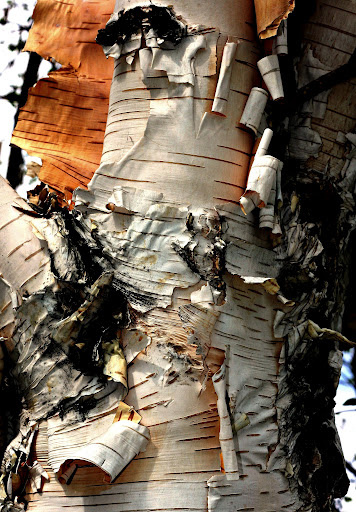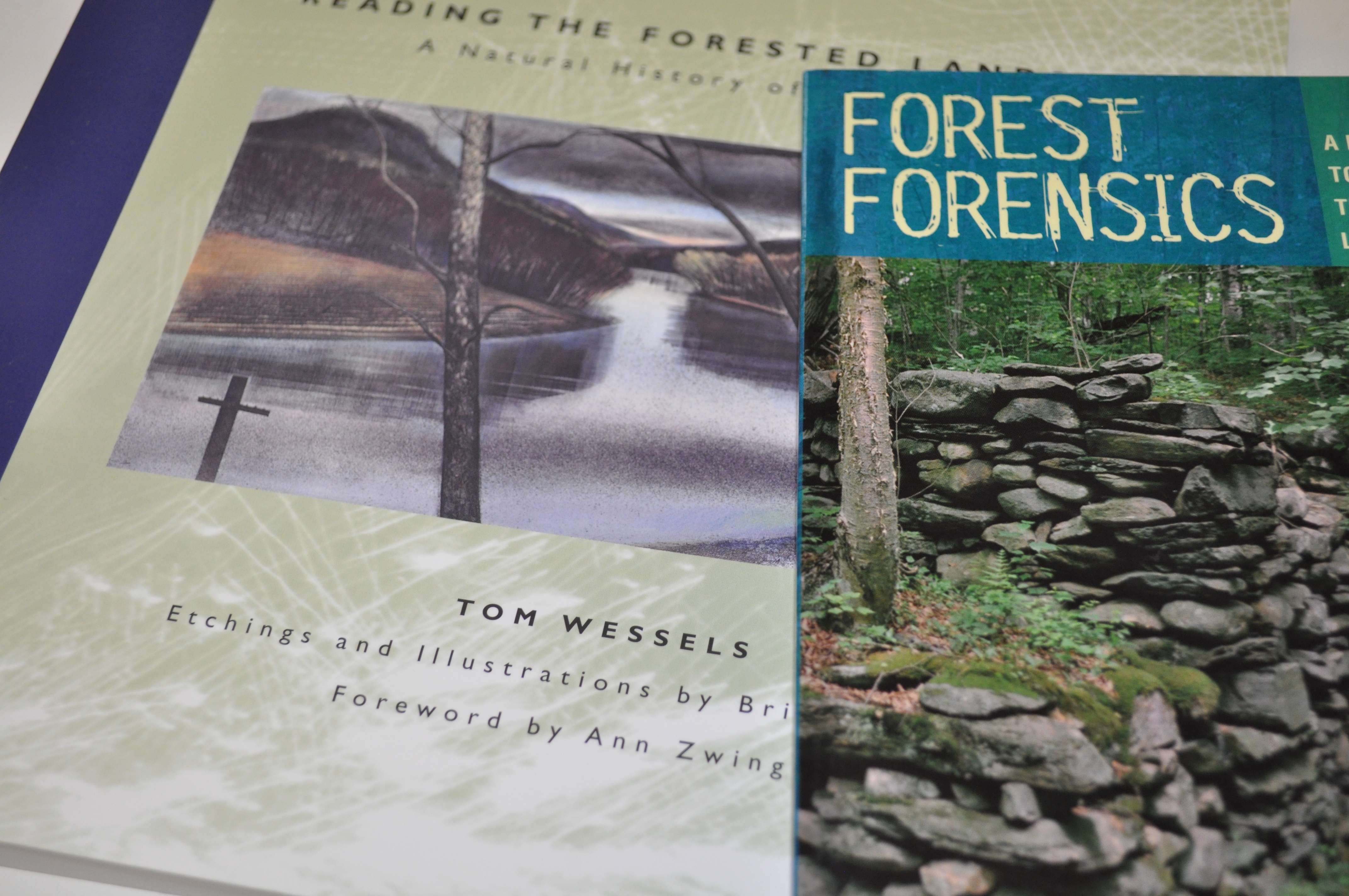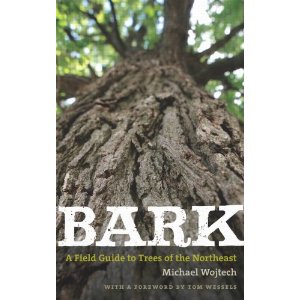Getting to Know Bark!

Photo by Sharon Peterson, Flickr
Last weekend, a group of AIAO’s core staff and community had the very good fortune to take part in a workshop presented by Bark author Michael Wojtech, which was simple and illuminating, and focused on some of Bark‘s basics.
Completed while obtaining his M.S. in Conservation Biology from Antioch University, Bark is an amazing and relatively simple guide for identifying trees with the information you have in front of you, rather than what may be 3o feet in the air, out of sight and out of reach. Put another way, Bark brings tree identification down to our level: naturalists, scientists, academics, nature enthusiasts, and others will find it the information in its pages invaluable.
You can visit his website, KnowYourTrees.com, and you can also check out this great article he wrote for Northern Woodlands magazine.
Discovered: Longest Mammal Migration in the Lower 48
“When wildlife biologist Hall Sawyer strapped radio collars to dozens of mule deer wandering southwestern Wyoming’s Red Desert in January 2011, he thought the humble animals were as rooted as the landscape’s windblown sage, low hills and staked fence posts.
Then the deer vanished out of radio range.
He chartered a plane to search all of western Wyoming. When the pilot found them, Sawyer was amazed. In just a few months, hundreds of Red Desert deer had walked more than 150 miles north into the craggy mountains south of Yellowstone National Park. Their trek, a 300-mile round trip, marks the longest known migration of any mammal in the contiguous United States.” – From Revealed: Biologists discover longest mammal migration in Lower 48 by Nate Schweber
For more information, see the article at article at Al Jazeera America and the Wyoming Migration Initiative.
Suggested Reading: “Reading the Forested Landscape” by Tom Wessels

A couple of years ago while browsing in my local bookstore, Broadside Bookshop, I came across Reading the Forested Landscape by Antioch University New England faculty-member Tom Wessels. Intrigued by its concept, and always eager to add to my small library of natural history and ecology books, I picked up a copy.
What at first seemed liked just another nature-y book turned out to be so much more. Rather than take the more conventional and microcosmic approach of identifying a single tree, track, or species, Wessels seeks to understand the macrocosmic view of landscapes and ecosystems as a whole, and also through time.
Put another way, Tom Wessels tracks landscapes.
This book is a must have for any nature enthusiast, tracker, hiker or backpacker, birder, hunter, forester, etc. If you pick up a copy, it will almost certainly change the way you look at the woods and world around you forever.
And, if you’re interested in an introduction to tracking, or in honing your skills, check out our program The First Science: The Art of Animal Track and Sign.
 Adventure In Adventure Out
Adventure In Adventure Out

